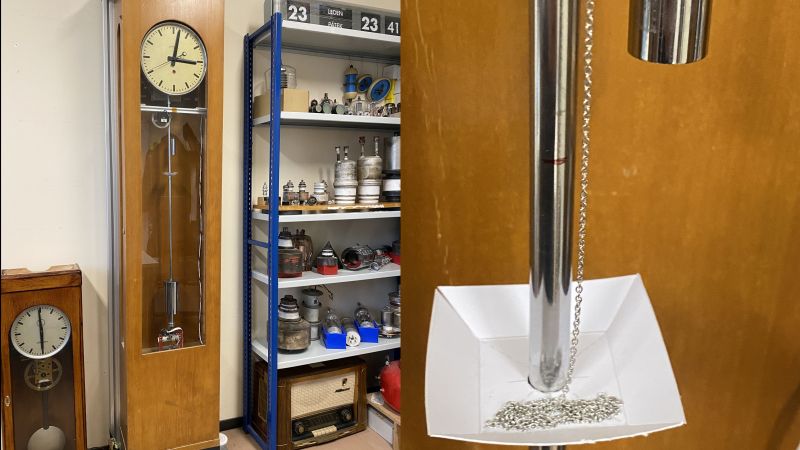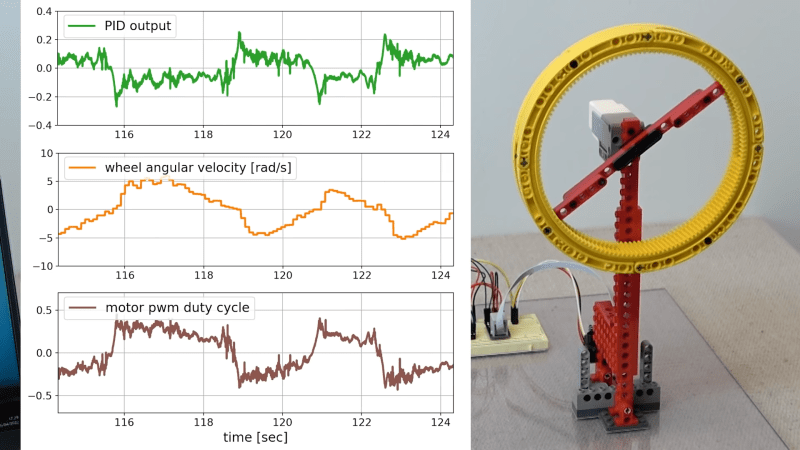Traditional mechanical clockmaking is an art that despite being almost the archetype of precision engineering skill, appears rarely in our world of hardware hackers. That’s because making a clock mechanism is hard, and it is for good reason that professional clockmakers serve a long apprenticeship to learn their craft.
Though crafting one by hand is no easy task, a clock escapement is a surprisingly simple mechanism. Simple enough in fact that one can be 3D-printed, and that is just what [j0z] has done with a model posted on Thingiverse.
The model is simply the escapement mechanism, so to make …read more
Continue reading Clock This! A 3D-Printed Escapement Mechanism→





